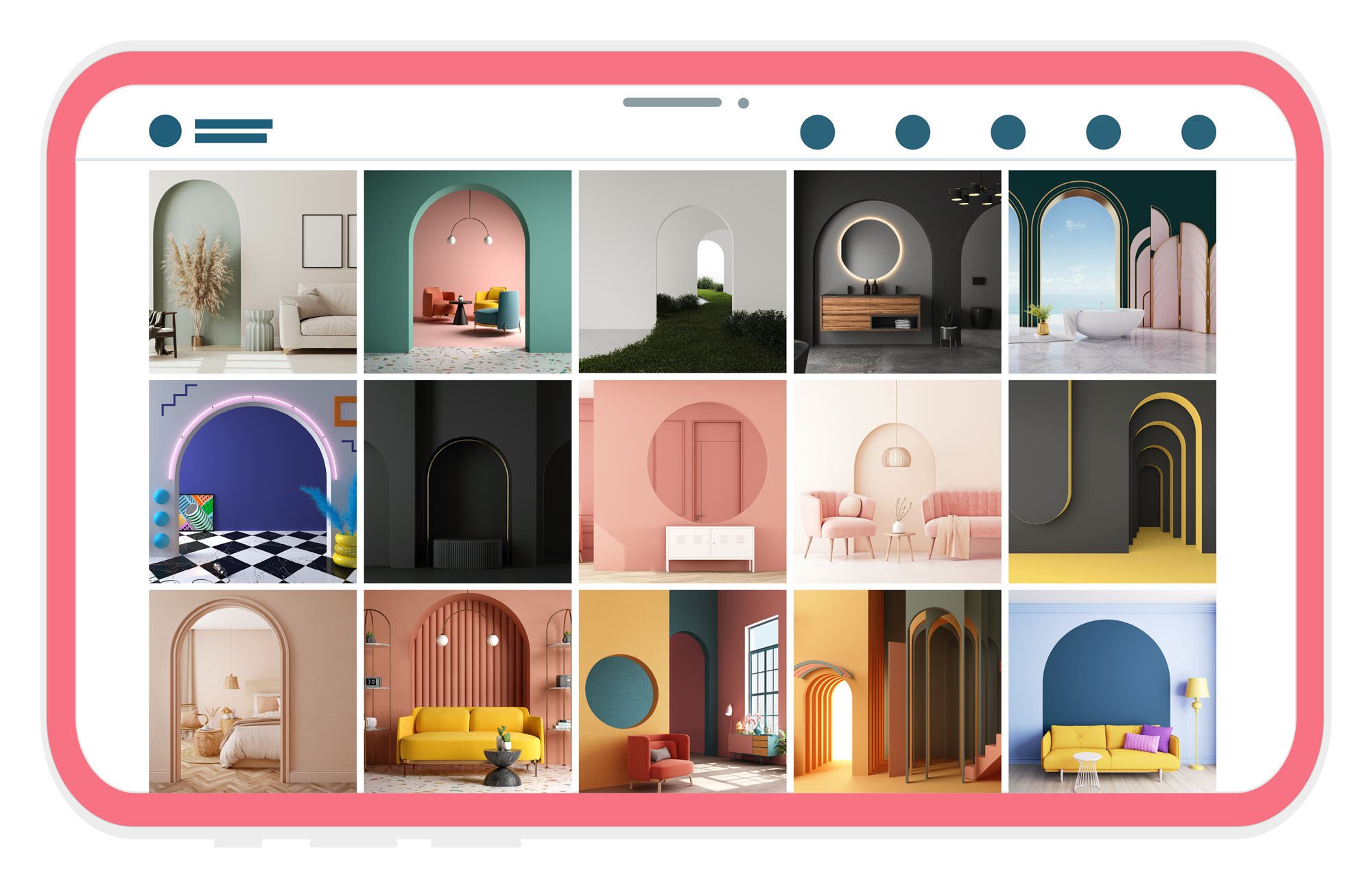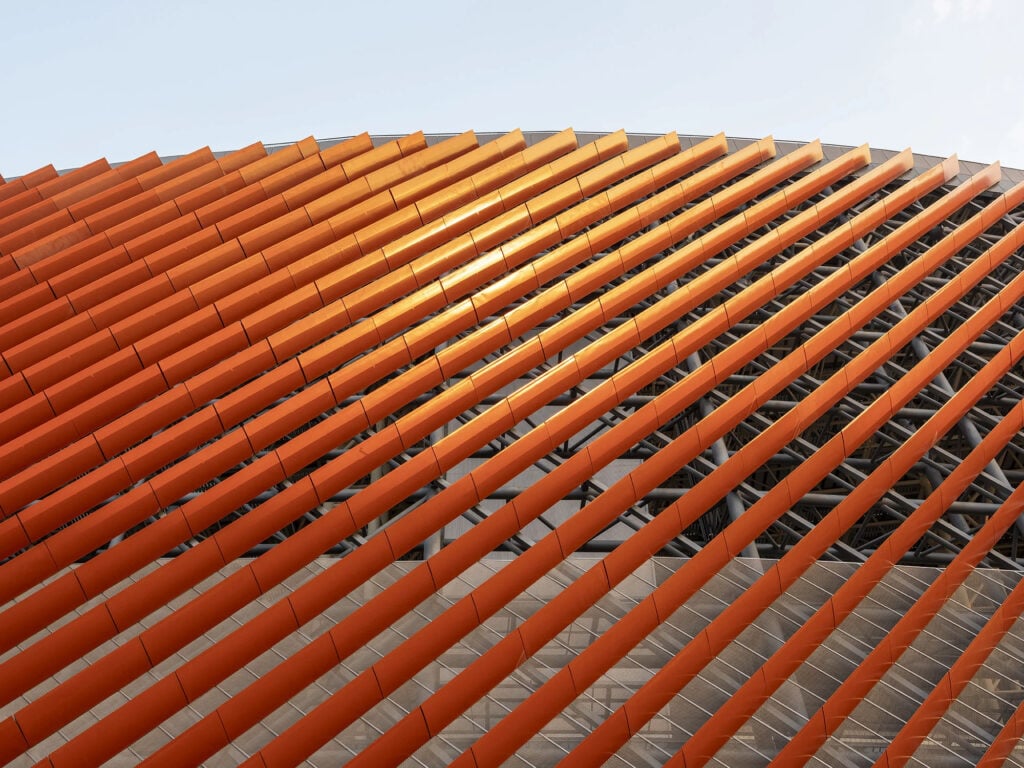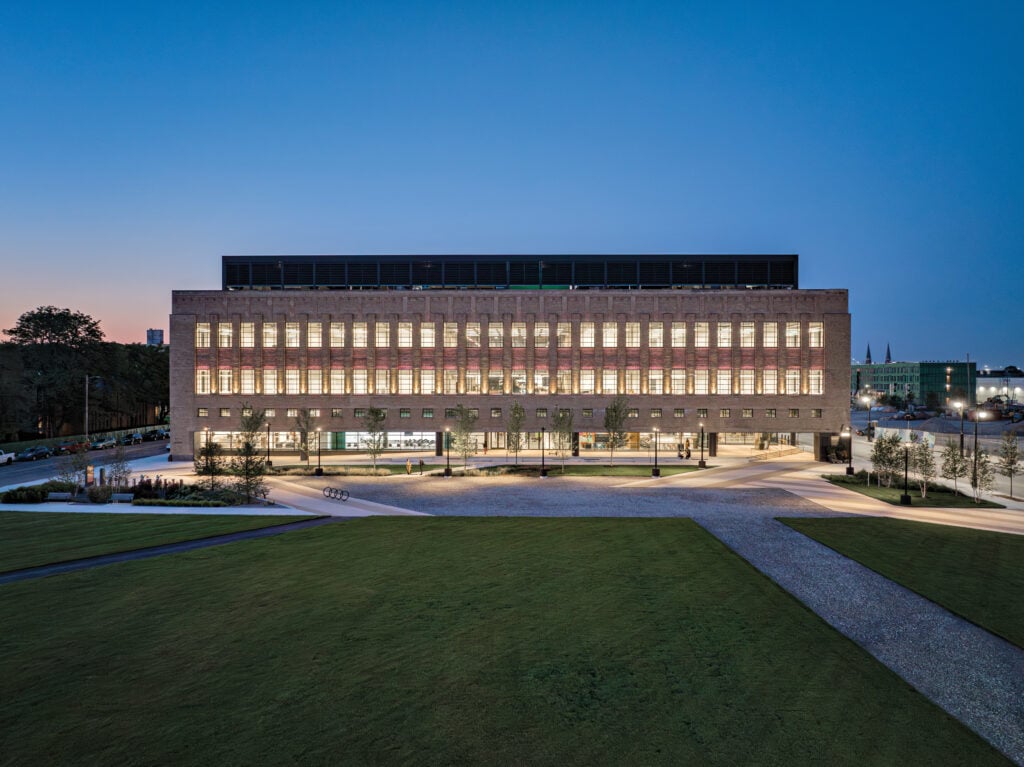
December 5, 2022
Social Media Sameness in Design: How to Break the Algorithm and Increase Equity
Most designers consider social media—especially the highly visual ones like Instagram and Pinterest, as crucial parts of their marketing efforts. “If only my designs would go viral!” seems to be the prevailing sentiment. But what of the inverse—what if social media and its algorithms lead to a dull sameness in design, be you in Berkeley or Bangkok? What if it doesn’t account for crucial differences in race, place and culture? This was the subject of a Think Tank Thursday on September 29, hosted by IA Interior Architects and moderated by Metropolis editor in chief Avinash Rajagopal.
“Interior design has become popularized and now it’s consumed on social media,” Rajagopal said. “So what are fruitful ways of using social media in design? There’s the matter of the relationship between design and equity. Does social media actually make design more equitable by making it more viable and popular and transparent? Or is it a blinder that makes everyone’s work look like everyone else’s?”
Alexandria Davis, designer at IA Interior Architects, said that “the idea of different perspectives is stepping outside of yourself to solve problems for someone else. You should not see me when I create a space; you should see my client.” But rendering that client-centric space requires skills, averred Davis’s colleague John Capobianco, design director at IA Interior Architects. “Listening is the most undervalued skill in the profession. If we can’t listen then we can’t understand.”
“Use social media as a tool,” Davis added. “Let it be a supporting actor, not the lead.”
Gina Hermida, director of global design, Royal Bank of Canada, stated that “I struggle to see how social media is supporting equity in today’s design. How do communities around us connect with design, and how does nature connect with that? So if you’re designing somewhere in Africa or Brazil or Europe . . . I think we designers as a collective need to see ways in which we can come to a deeper understanding of the surroundings, where we are, what are our local materials, what makes sense for the climate and the culture.”
Another panelist, Suzanne Tick, founder, Tick Studio, championed travel and learning as a means of increasing racial equity: “I feel there’s very homogenous design out there and no diversity . . . Get out there, experience things, experience what’s happening in the world so you can become inspired.”
Capobianco concurred: “Equity and diversity don’t just happen because our skin colors are different or our financial backgrounds vary. You have to get out there. There’s this old design school idea that design directors lead by ego. I think as practitioners we really need to get rid of that.”
Tick ended with a pithy phrase: “Be more physical and human and less digital.”
The Think Tank discussions were held on September 29, October 6, and October 13. The conversations were presented in partnership with Garden on the Wall, GROHE, Mannington Commercial, Ultrafabrics, and Versteel.
Would you like to comment on this article? Send your thoughts to: [email protected]
Latest
Profiles
Zoha Tasneem Centers Empathy and Ecology
The Parsons MFA interior design graduate has created an “amphibian interior” that responds to rising sea levels and their impacts on coastal communities.
Viewpoints
How Can We Design Buildings to Heal, Not Harm?
Jason McLennan—regenerative design pioneer and chief sustainability officer at Perkins&Will—on creating buildings that restore, replenish, and revive the natural world.
Products
Behind the Fine Art and Science of Glazing
Architects today are thinking beyond the curtain wall, using glass to deliver high energy performance and better comfort in a variety of buildings.





